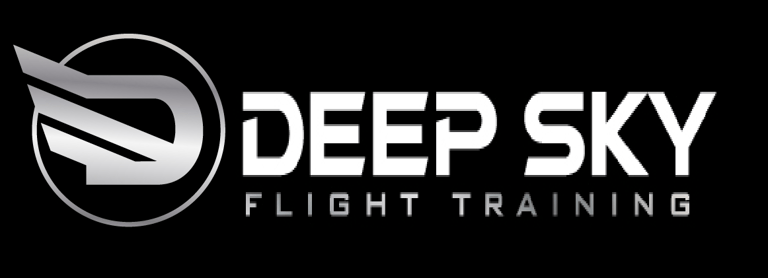The True Costs of an Aviation Career
Explore the financial, personal, and professional investments required to pursue a career in aviation, from training expenses to the sacrifices and rewards of life as a pilot
Jason Bunker CFI, CFII, LSRM
5/15/20243 min read


The True Costs of an Aviation Career
Pursuing a career in aviation is a dream shared by many, with the allure of soaring through the skies and the excitement of travel. However, an aviation career comes with significant investments, from financial costs to the personal sacrifices required for a demanding, high-stakes profession. If you're considering this path, understanding these costs can help you make an informed decision about whether aviation is the right career for you.
Financial Costs of Training and Education
One of the most substantial costs of an aviation career is the financial investment required for training. Flight school expenses are notoriously high, with costs depending on the program, aircraft used, and total hours required. A sport pilot license can typically cost $7,000 to $10,000. For a private pilot license (PPL), expect to spend between $11,000 and $18,000. For a commercial pilot license (CPL), the price rises significantly, ranging from $30,000 to $70,000. These figures often don't include additional expenses like books, materials, exam fees, and gear.
Many students choose to finance their flight training through loans, and some seek scholarships or sponsorships to help offset costs. Airline-sponsored programs are becoming more common, where carriers cover training expenses in exchange for a work commitment post-certification. However, even with financial support, the journey through flight school often requires working part-time to make ends meet, which can add stress to an already challenging path.
Medical and Regulatory Requirements
Aviation is a highly regulated industry, and pilots must meet strict health and licensing standards. One of the first steps to becoming a pilot is passing an initial medical examination, which comes with fees and is often repeated periodically throughout a pilot's career. For pilots pursuing a commercial license, passing a Class 1 medical exam is mandatory, and it can be costly if additional tests or follow-up evaluations are required.
Each phase of flight training also requires passing a variety of exams. Ground school courses and written exams are often overlooked costs, yet these additional steps are essential in gaining the theoretical knowledge required to fly. Practical exams, known as check-rides, can cost several hundred dollars, and each retake will come with additional fees. The regulatory aspect of flying is a continuous commitment, requiring pilots to maintain licenses, certifications, and ongoing training throughout their careers.
The Time Investment
An often underestimated cost of an aviation career is the time commitment. Training takes years, and aspiring pilots spend countless hours studying, flying, and practicing to meet the rigorous standards of the profession. A typical commercial pilot may spend two to five years accumulating the required flight hours and licenses before securing a position with a commercial airline.
For those with family or significant personal commitments, managing flight training and its irregular hours can be particularly challenging. The commitment doesn't end once a job is secured. Pilots must adhere to strict schedules, often working long hours, including weekends and holidays. The extensive time away from home and family is a sacrifice that not all individuals and families are prepared to make.
Career Stability and Long-Term Financial Investment
While aviation careers can be financially rewarding, the stability of the industry can fluctuate. Economic downturns, global events like the COVID-19 pandemic, and changes in airline demand can significantly impact the aviation sector. Many pilots experience furloughs, layoffs, or reduced hours during economic downturns, making financial planning essential.
In terms of long-term earning potential, pilots working for major airlines typically earn the highest salaries, but it takes years to reach this level. Entry-level positions, such as regional airline jobs, often pay modestly compared to the overall cost of training. For many, repaying student loans or covering ongoing training expenses can impact financial stability in the early years.
Personal Sacrifices and Lifestyle Adjustments
Beyond financial and time investments, pilots must also be prepared for the lifestyle sacrifices the job demands. Frequent travel means time away from family, and the irregular hours make it difficult to maintain a consistent daily routine. Many pilots miss out on significant life events, including holidays, birthdays, and family gatherings, due to work schedules.
Additionally, flying can be physically and mentally demanding. Irregular sleep patterns, jet lag, and high-stress situations require resilience and adaptability. This lifestyle may not suit everyone, and some individuals find it difficult to adjust over time.
Conclusion
An aviation career is incredibly rewarding but comes with a high cost—financially, personally, and professionally. Aspiring pilots should be prepared for the significant financial investment required to complete training and secure licensing. Moreover, the time commitment, ongoing regulatory requirements, and lifestyle sacrifices are all part of the aviation journey. However, for those with a passion for flying and a willingness to embrace the challenges, the rewards of an aviation career can far outweigh the costs, leading to a fulfilling and adventurous life in the skies.
